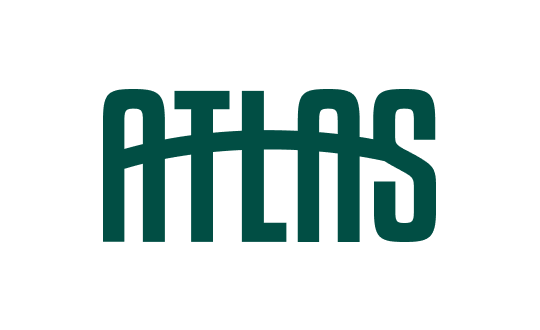Implementation Strategy
Adopting any AI level requires careful planning. This phased strategy guides how to define the most suitable level, select tools, train the team, and continuously optimize the process.
Phase 1: Assessment
- Evaluate project requirements against the decision matrix
- Assess team capabilities and familiarity with AI tools
- Determine project constraints (time, budget, resources)
- Consider regulatory and compliance factors
Phase 2: Tool Selection
- Research available AI tools matching the selected level
- Evaluate costs, learning curves, and integration capabilities
- Test tools with sample project requirements
- Prepare necessary infrastructure and access
Phase 3: Adoption and Training
- Establish guidelines for AI tool usage within the team
- Develop verification procedures for AI-generated code
- Create training materials and conduct workshops
- Start with smaller, less critical components
Phase 4: Monitoring and Optimization
- Track productivity metrics and quality indicators
- Gather feedback on AI tool effectiveness
- Adjust usage patterns based on outcomes
- Consider moving up or down levels based on results
Use Case Examples
To illustrate how the framework works in practice, here are a few scenarios in which different AI levels are chosen based on each project's specific needs.
Enterprise Financial System
Selected Level: 2-3 (Specific Boost to Code Accelerator)
Rationale: Security concerns, complex business logic, high compliance requirements
Implementation: AI-assisted documentation, code reviews, and selective code generation for non-critical components
Internal Dashboard Application
Selected Level: 5-6 (Component Reactor to Visual Symphony)
Rationale: Standard UI patterns, moderate complexity, rapid development needs
Implementation: AI-generated components with developer oversight, low-code platform for administrative interfaces
Startup MVP
Selected Level: 7 (Prompt-to-Product Genesis)
Rationale: Speed priority, limited resources, willingness to refactor later
Implementation: Full-stack AI generation with iterative prompt refinement to quickly test market fit
Tip
The optimal level of AI assistance varies by project, team, and organizational context. This framework provides a structured approach to making this decision, but should be adapted to your specific needs.
Remember that AI tools are evolving rapidly, and reassessment may be necessary as capabilities advance and team familiarity increases.

